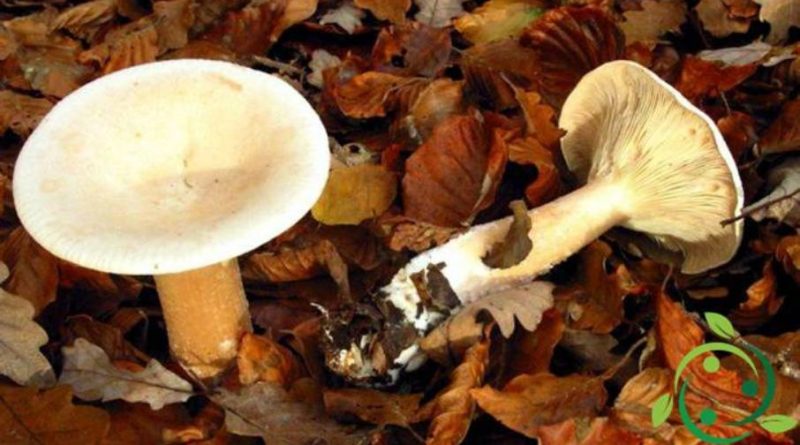How to grow the Clitocybe geotropa
How to grow the Clitocybe geotropa
The Clitocybe geotropa, also known as Mushroom of San Martino or Cardinale or Cimballo, is a fungus that can be cultivated with good results provided that some elements of its physiology and growth habitat are known. In this sheet we will see how to cultivate the Clitocybe geotropa and useful suggestions; with the choice of materials, the pH of the optimal substrate and some appropriate techniques. Before starting cultivation it is good that you have a pH meter and a hygrometer (also economic) for the necessary checks that you must periodically make; at least until you have mastered the cultivation process. In addition, the mycelium is easy to purchase even on the internet.
The Mushroom of San Martino for its optimal cultivation needs a substratum of cultivation very rich in nutrients, both nitrogenous and carbonaceous; to do this we need to find raw materials that cover the nutritive needs of the fungus; in general it is possible to find 39% of cotton seeds, 40% of sawdust, 20% of wheat bran and 1% gypsum; other materials such as rice straw or maize bran may be added or alternatively placed. The substrate must be mixed perfectly, must have a moisture content of 60-65% and a pH between 5 and 5.5; it should be placed in polythene bags to be autoclaved to sterilize it and then inoculate it. During the incubation period the temperature of the substrate must be kept around 26-28 ° C, taking care to check the relative humidity that must be 70%. Subsequently, during the fructification phase the temperature must be kept lower (around 23 ° C), while the humidity of the environment is brought to a higher value, ie around 80-90%; furthermore, the covering earth must have a pH of around 6.5, taking care to avoid alkaline materials and therefore with a higher pH. During this period stimulation is necessary, carrying out a real carbonic fertilization; in order to do this, it is sufficient to reduce the ventilation, to increase the levels of CO2 and at the same time water must be supplied to maintain the humidity of the covering ground at the initial levels. After a period that can oscillate between 7 and 15 days, the primordial aspect of the mushroom appears and at this point both the ventilation and the lighting must be increased again. Regarding the brightness condition, it is important to note that the quantity and quality of the production are closely linked to this; fair lighting is required but if direct or too strong it can inhibit fructification. As for the productivity of the San Martino Mushroom, it must be said that it is good. In total it is possible to make 3-4 volatiles obtaining a biological conversion (kg fungi f.w./kg substratum d.w.) between 80-120%.

